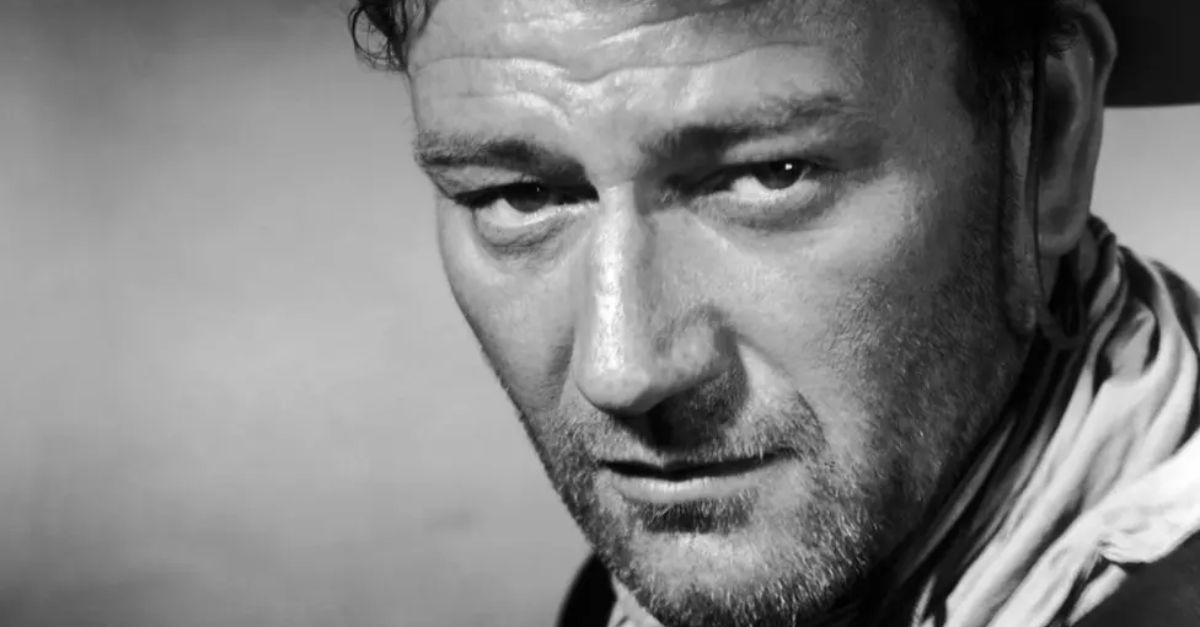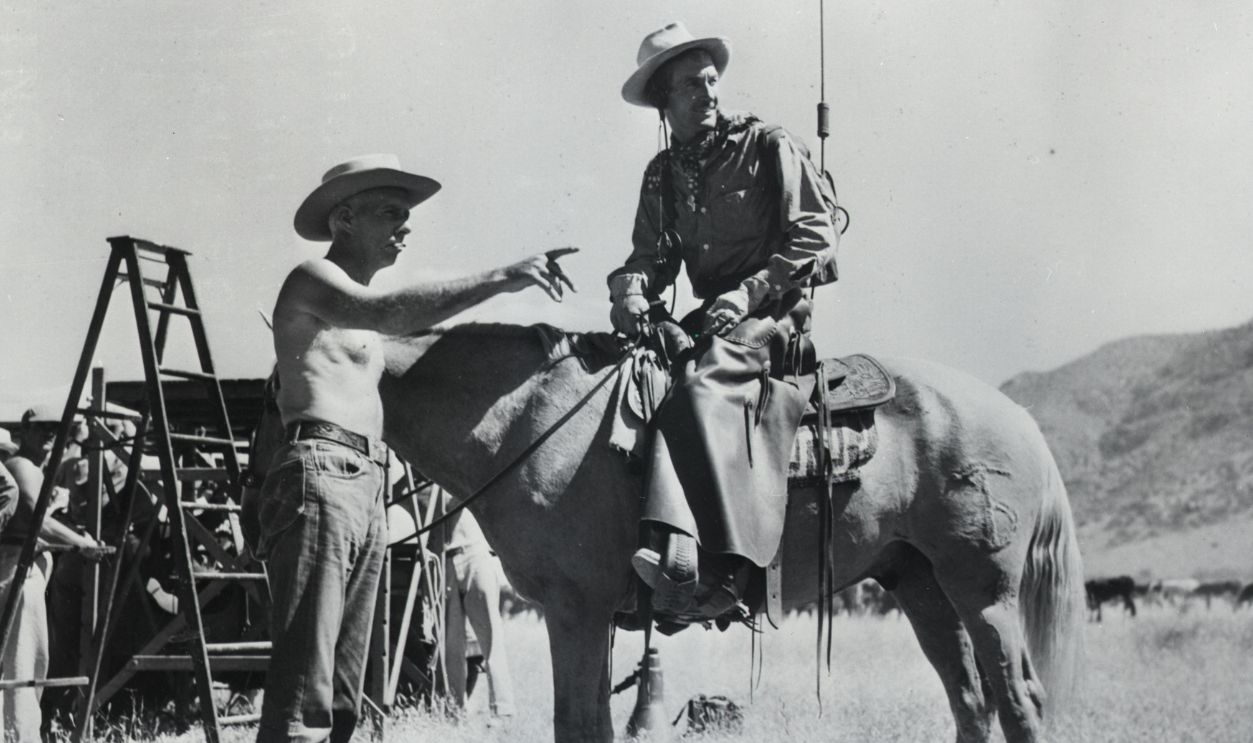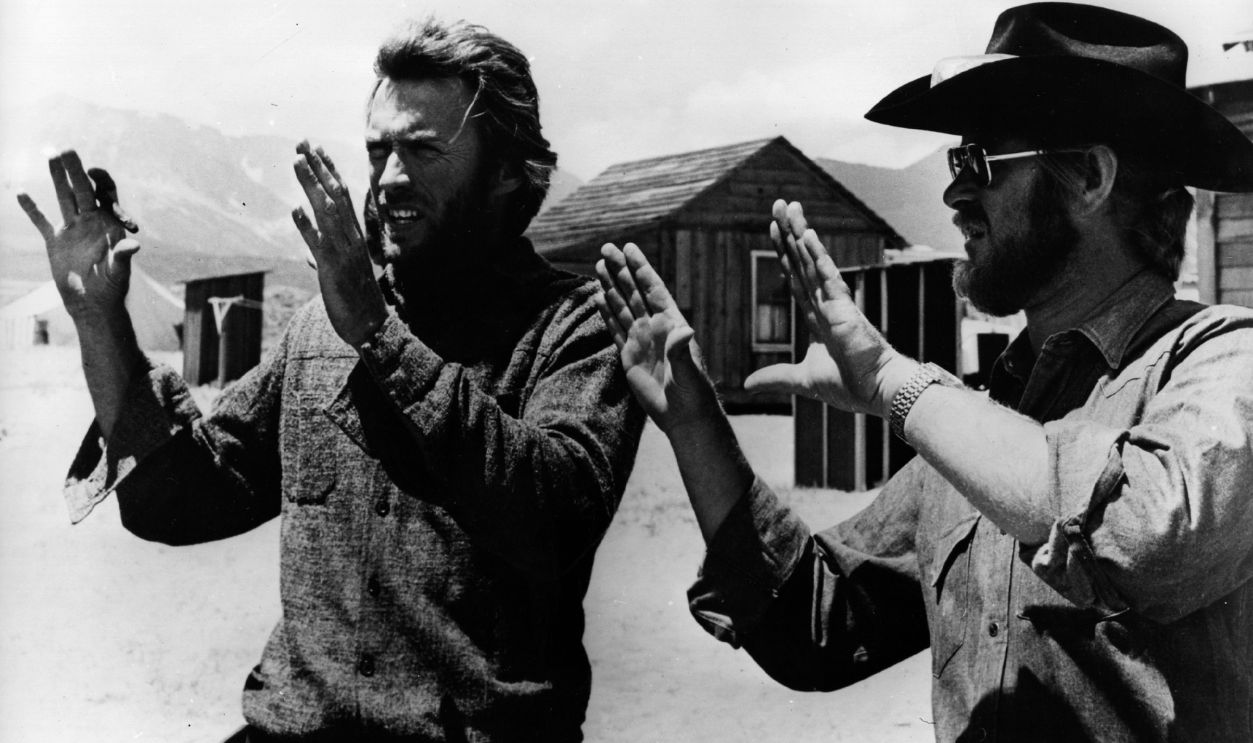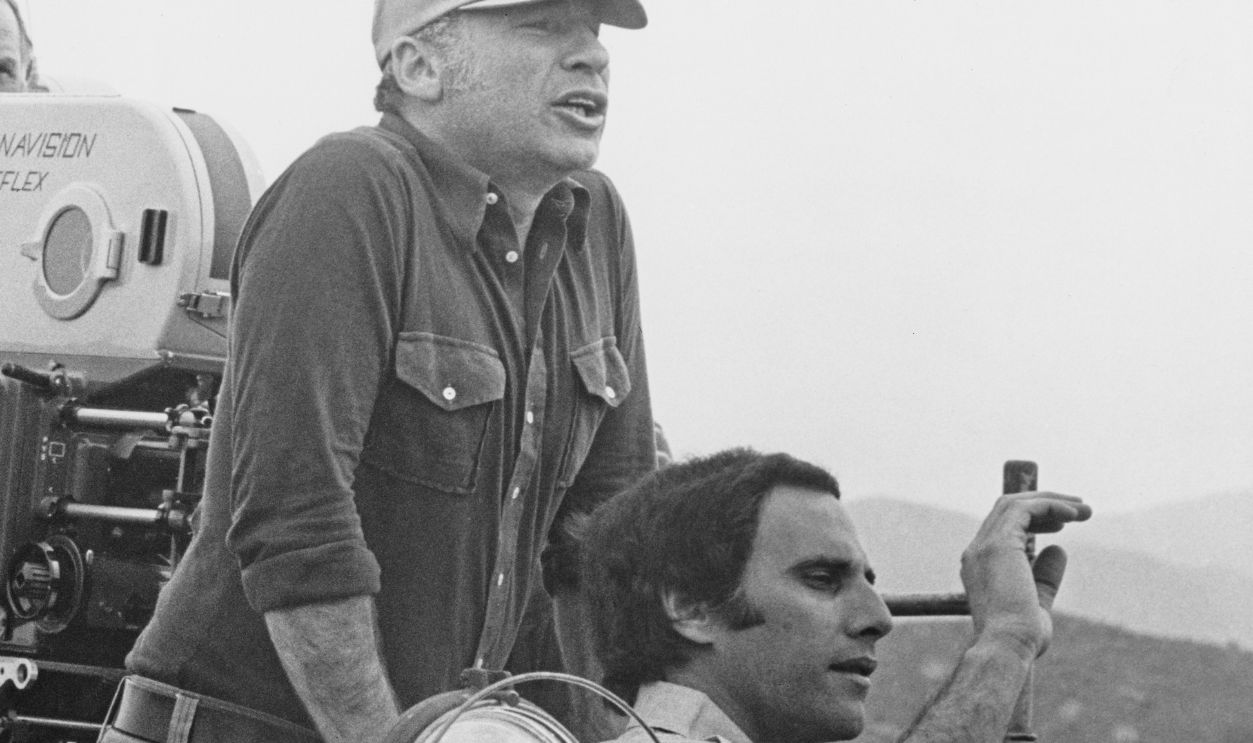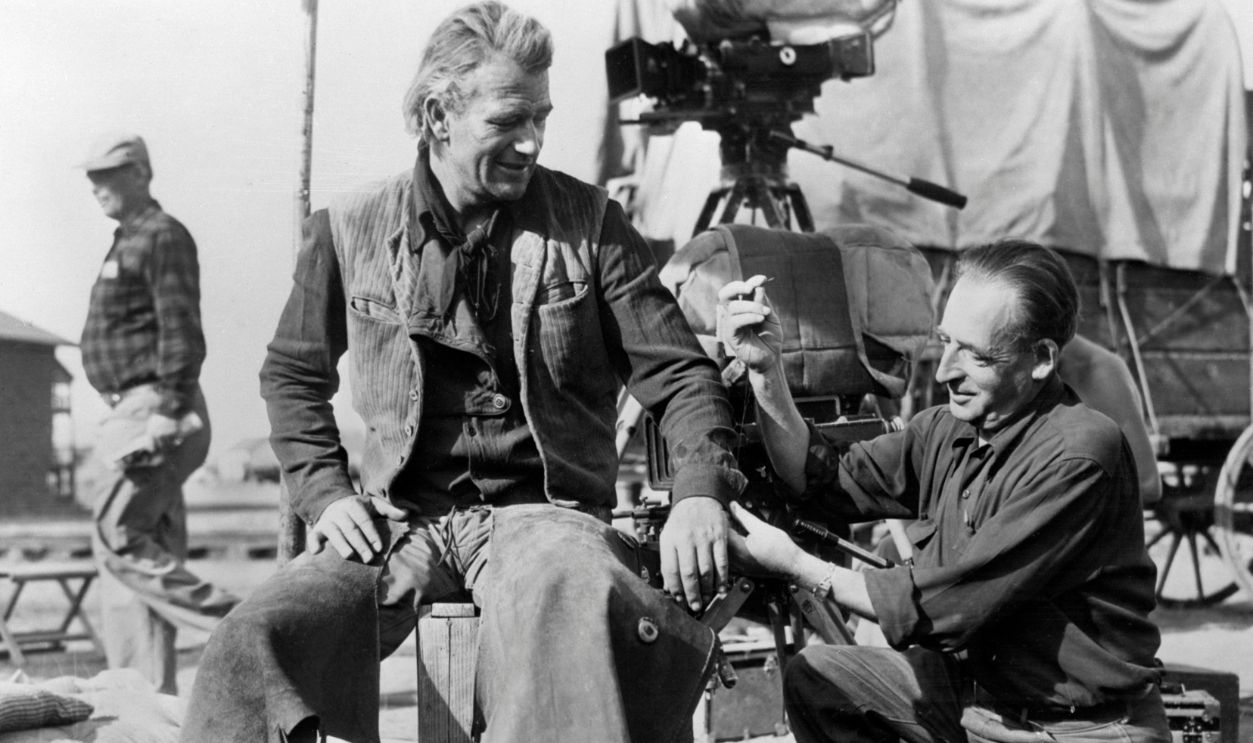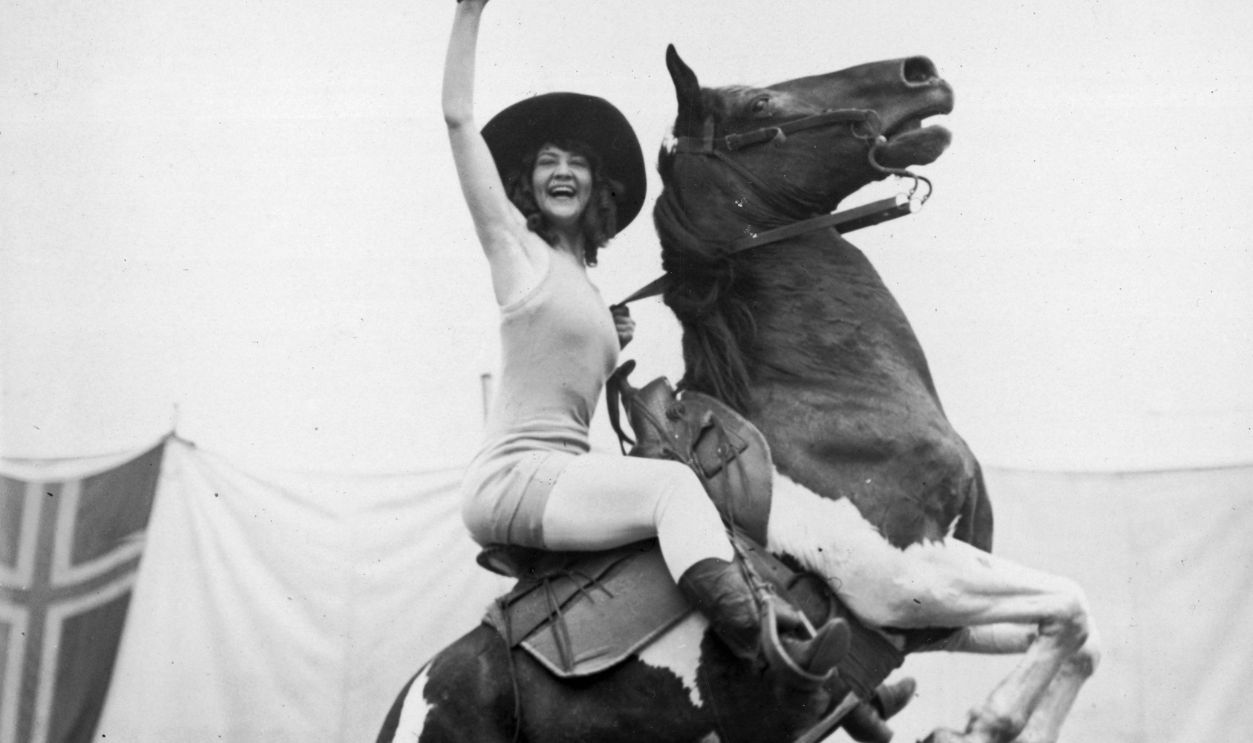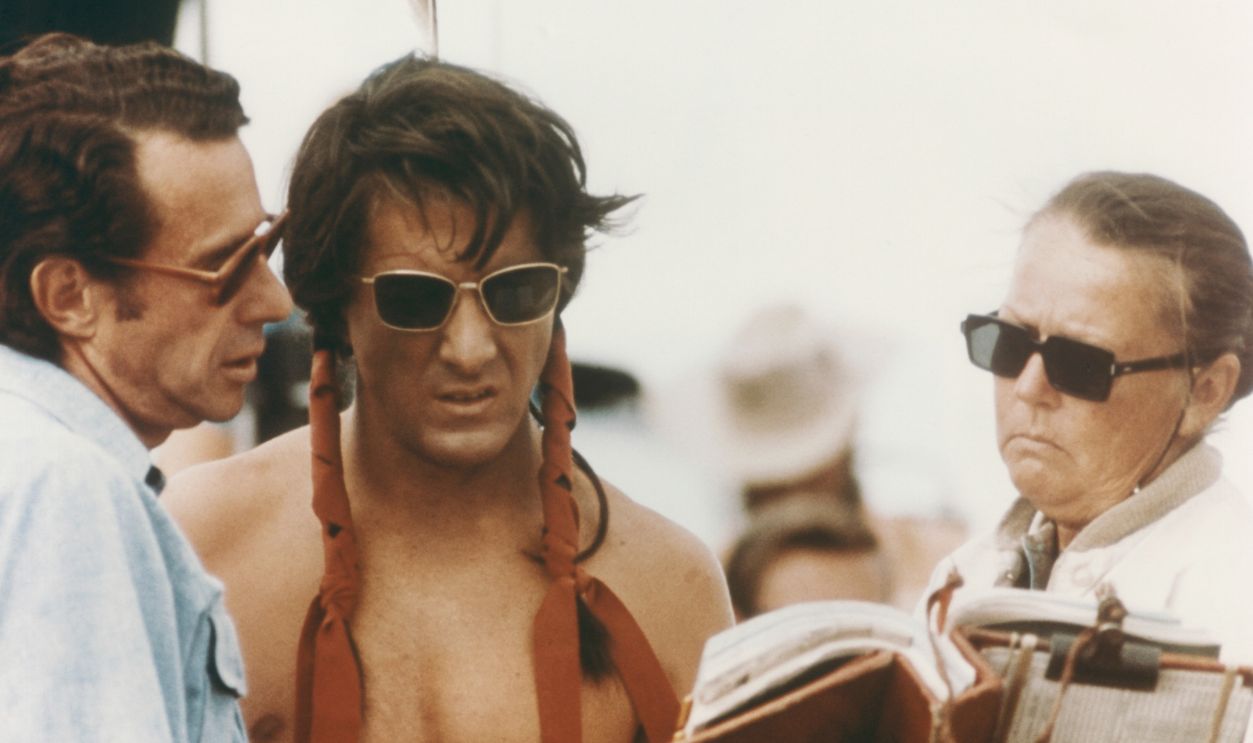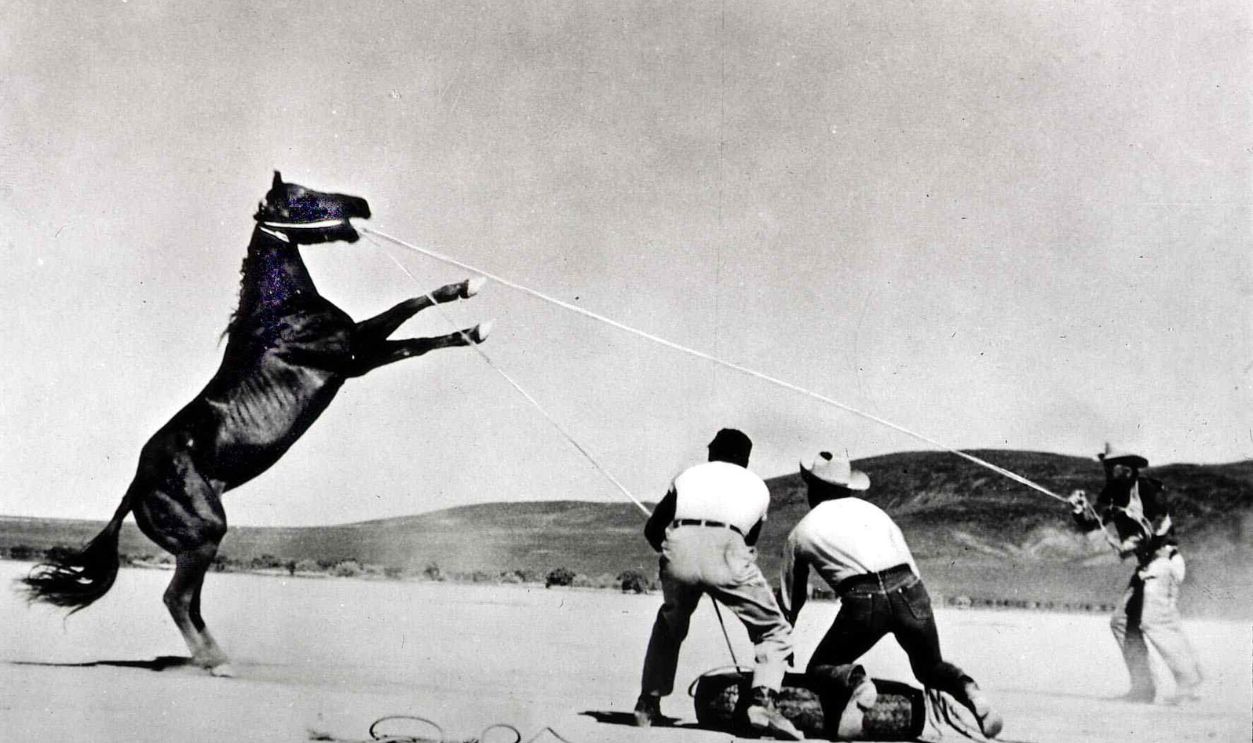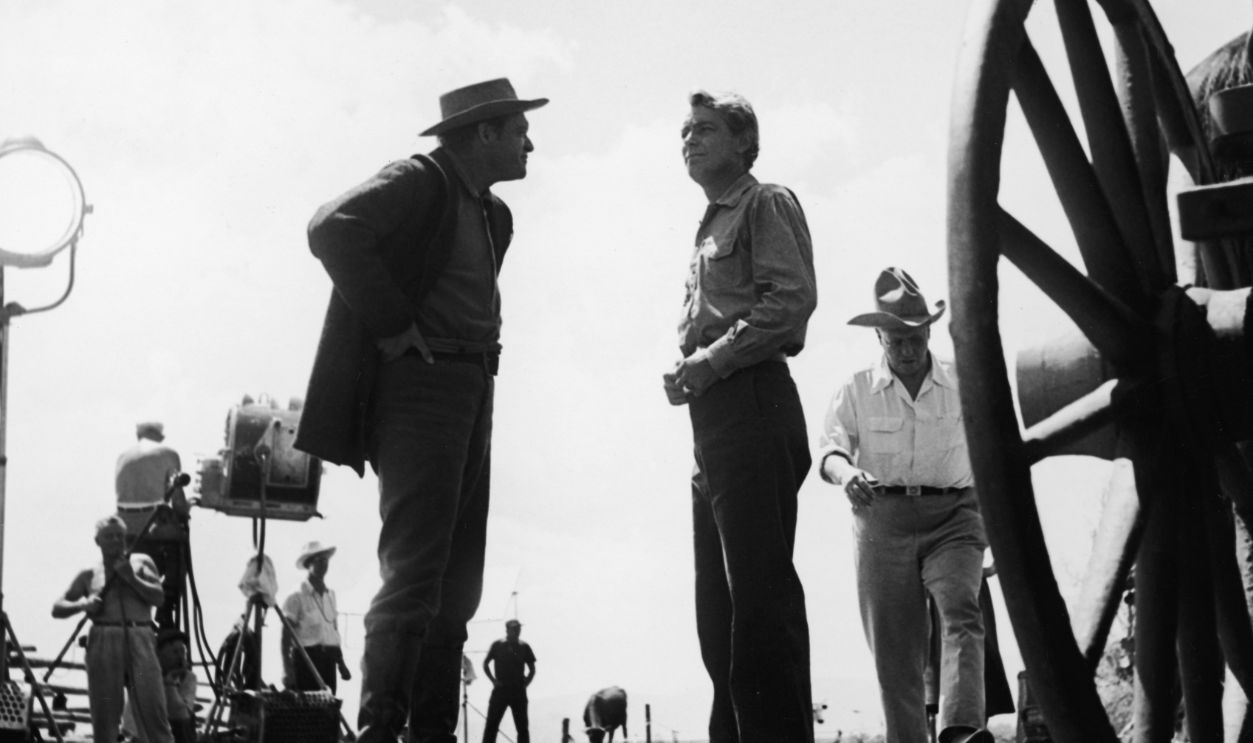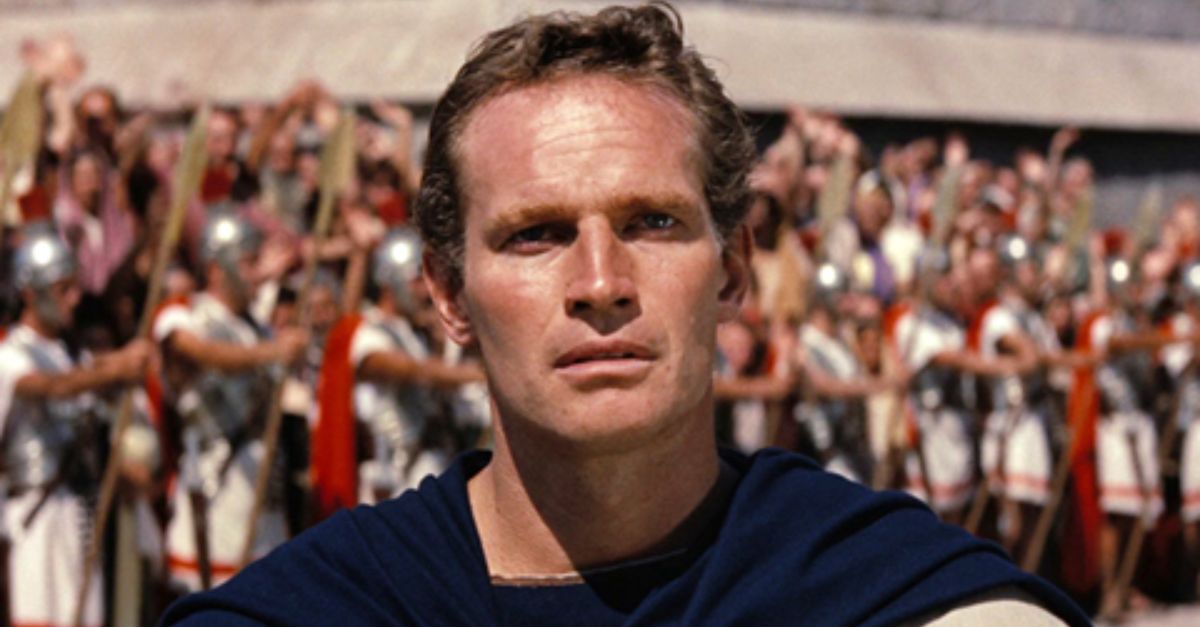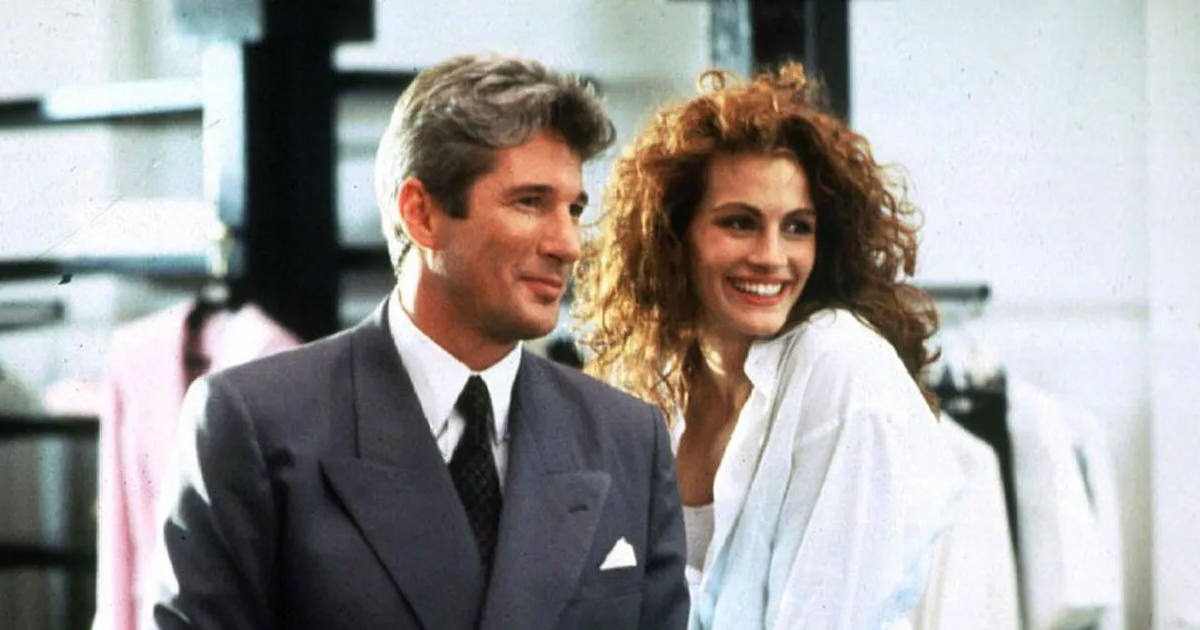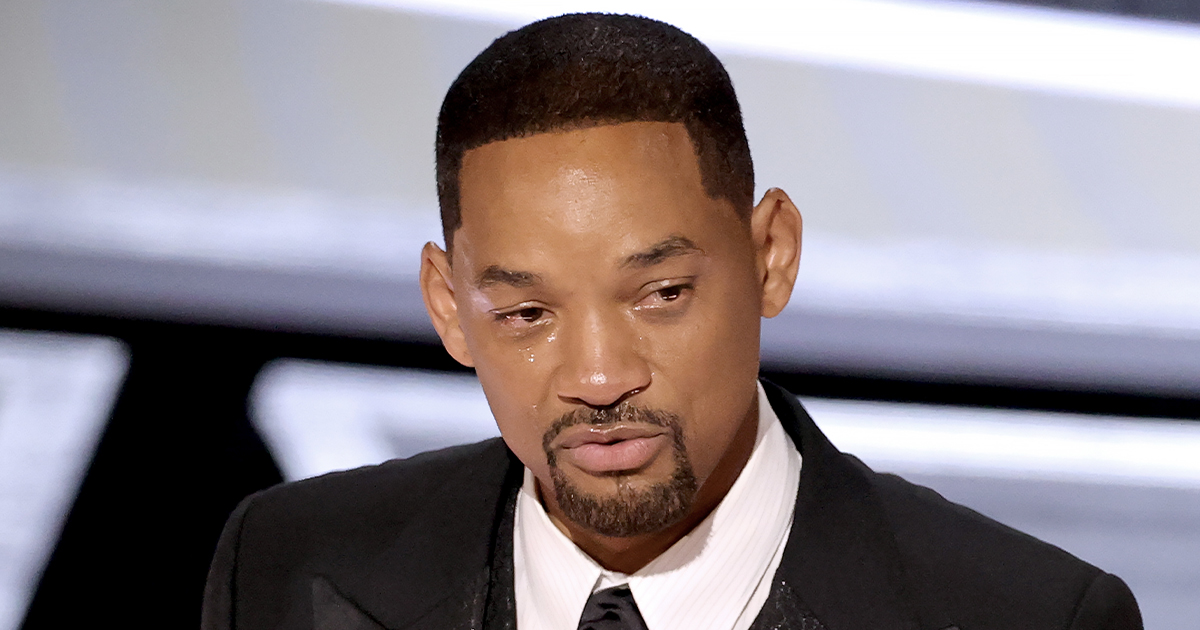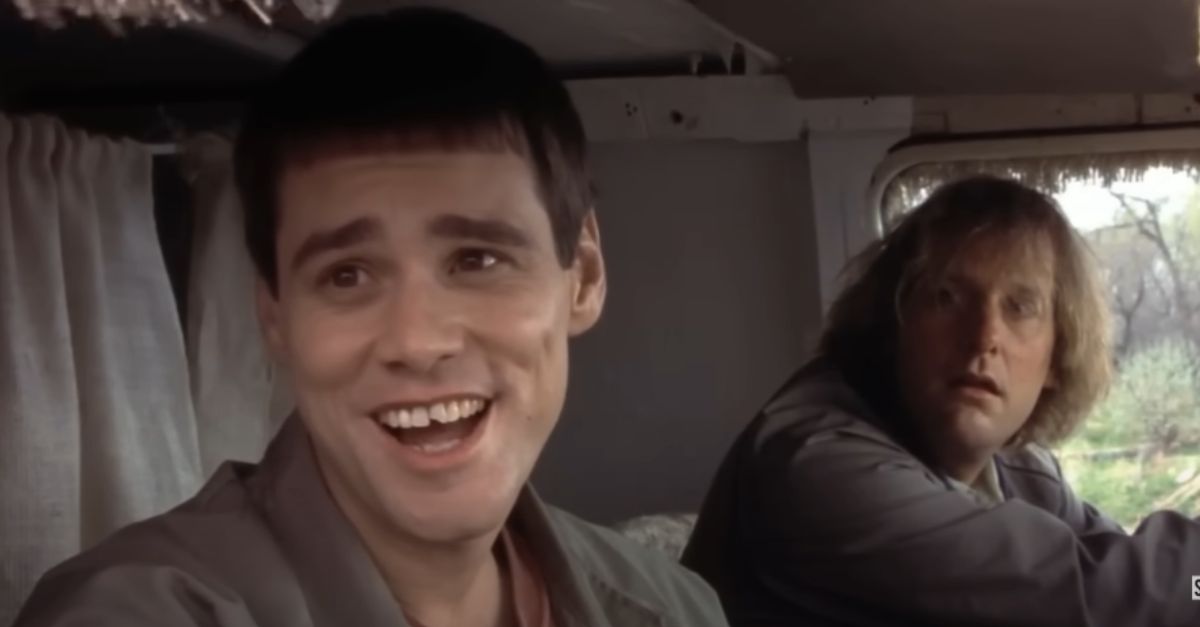All The Way From Timeless Films
Classic Hollywood Westerns continue to dazzle audiences with their rugged heroes and sweeping scenery. But what happened behind the camera often goes unnoticed and unappreciated.
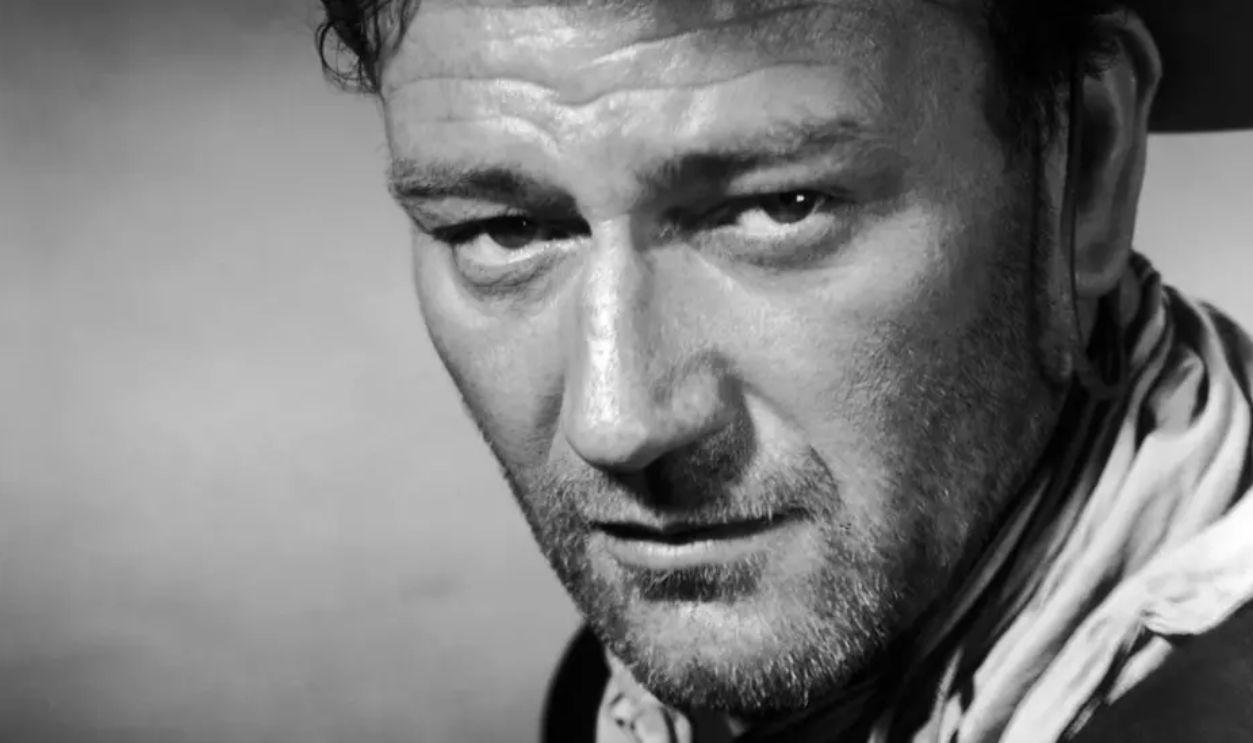
Director John Ford On The Set Of The Sun Shines Bright, Waiting To Shoot A Scene (1953)
This rare glimpse of John Ford quietly awaiting the next shot on The Sun Shines Bright set captures the essence of a director known for patience and precision. Though not a traditional Western, the film echoes the rural values and visual pacing Ford honed in his frontier classics.
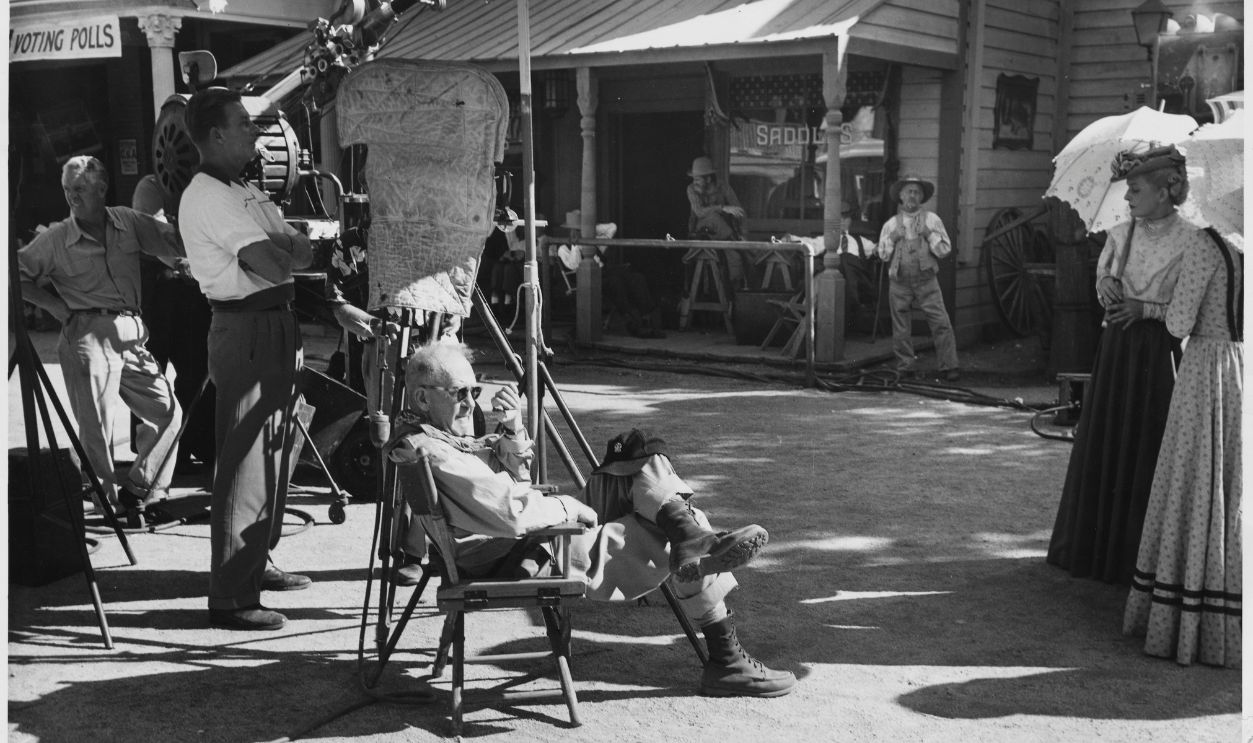 John Springer Collection, Getty Images
John Springer Collection, Getty Images
Fred Zinnemann With Actors Gary Cooper And Grace Kelly On The Set Of High Noon (1952)
Taken between takes, this behind-the-scenes photo features Gary Cooper, Grace Kelly, and director Fred Zinnemann deep in conversation on the set of High Noon. The trio’s relaxed presence contrasts with the film’s tense narrative. This image underscores the thoughtful collaboration that powered one of the most psychologically complex Westerns of its era.
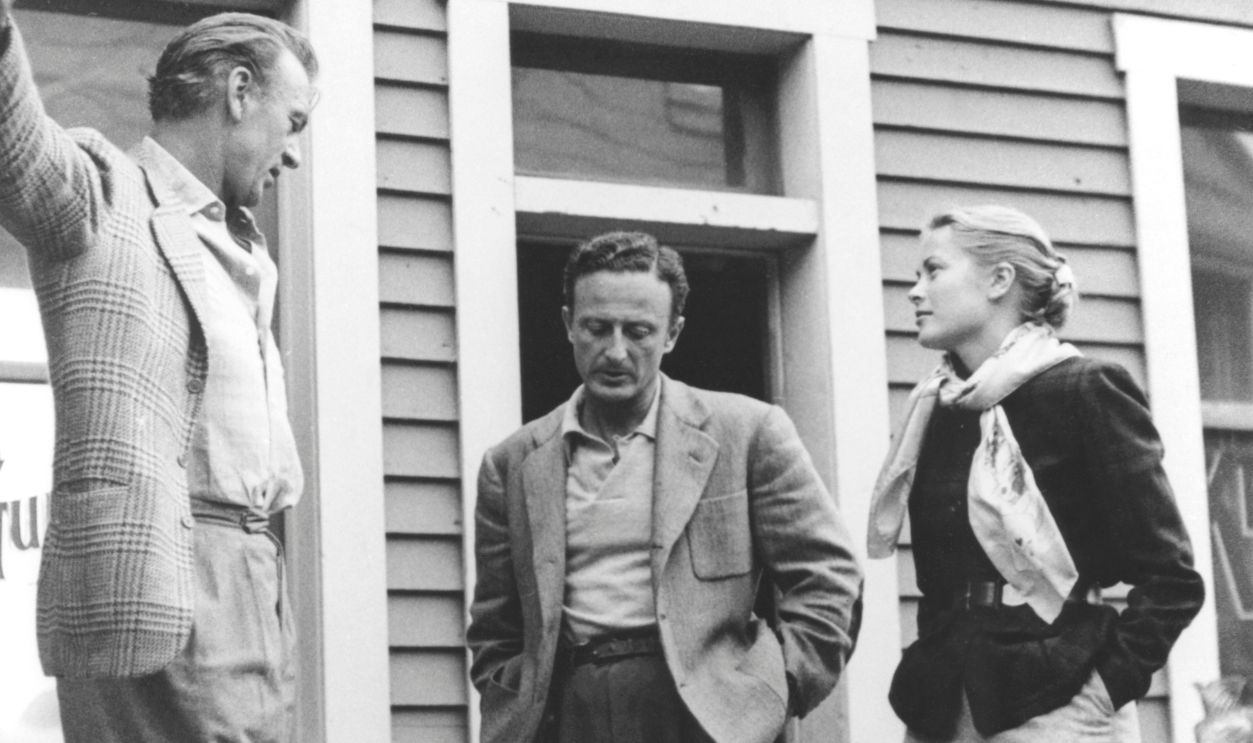 Sunset Boulevard, Getty Images
Sunset Boulevard, Getty Images
The Constructed Western Town On The MGM Studio Lot (1940s)
MGM’s backlot served as the setting for countless scenes. This image explores the town’s dusty streets built for the 1941 Honky Tonk. The controlled environment allowed directors to balance realism and convenience to shape the aesthetic foundation for many beloved Westerns throughout Hollywood’s golden era.
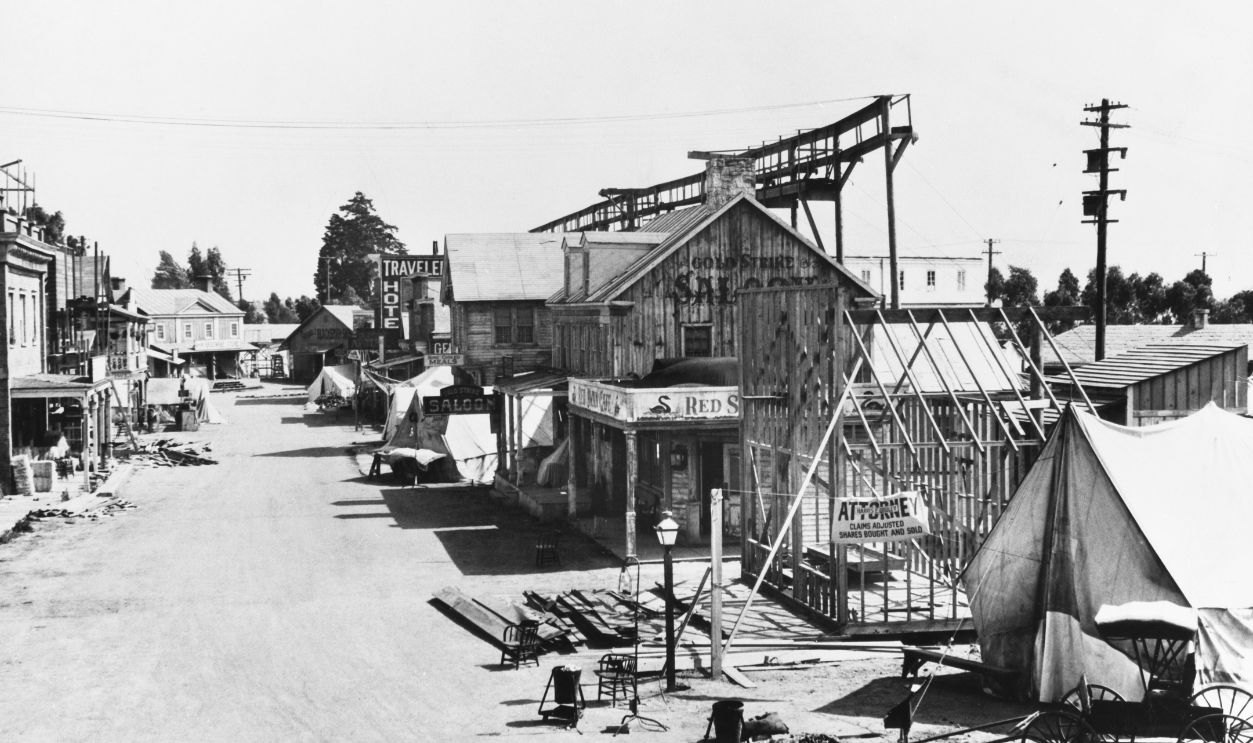 American Stock Archive, Getty Images
American Stock Archive, Getty Images
Director Sam Peckinpah Getting His Lens Ready On The Set Of The Wild Bunch (1969)
Sam Peckinpah stands on the dusty set of The Wild Bunch, a film that shattered illusions of romanticized violence in the Old West. Known for his uncompromising vision, Peckinpah redefined the genre through operatic slow-motion action. This photo places him at the helm of one of the most controversial Westerns ever made.
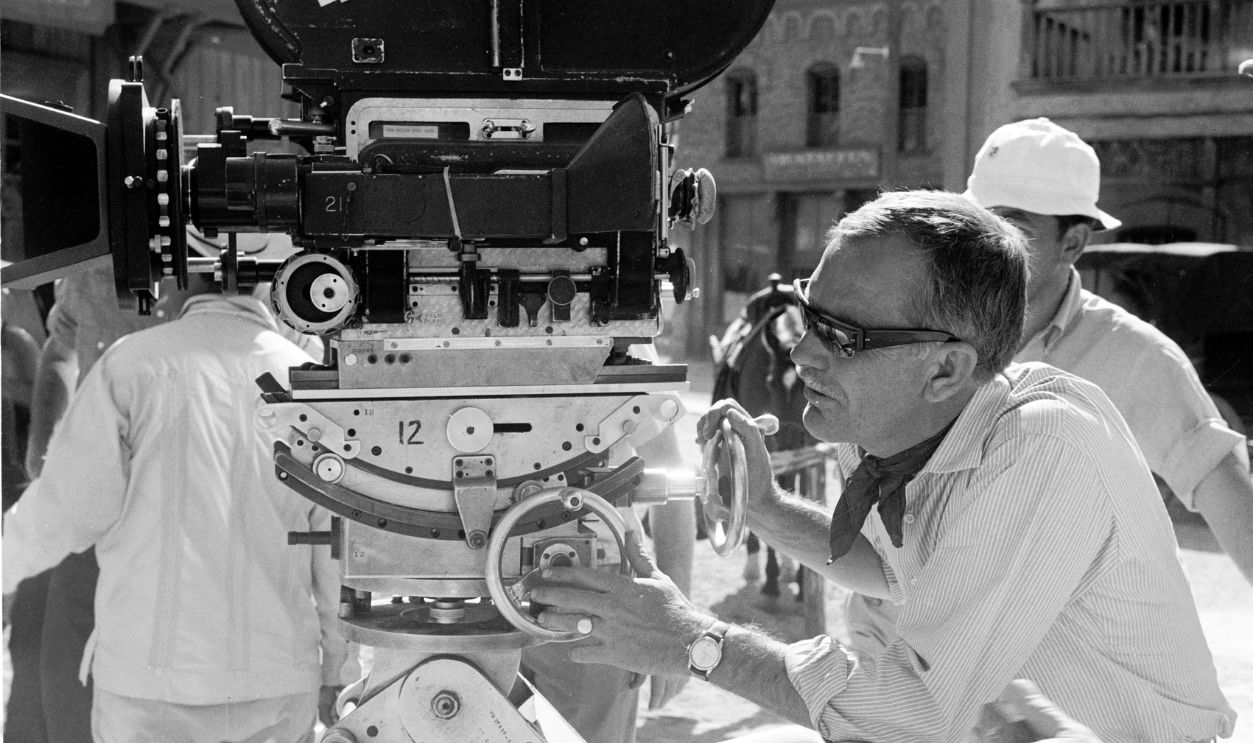 Sunset Boulevard, Getty Images
Sunset Boulevard, Getty Images
Cecil B DeMille Directing A Horseback Scene On The Set Of The Squaw Man (1931)
Pioneering director Cecil B DeMille is seen orchestrating a scene with an actor on horseback during the production of The Squaw Man. DeMille, a towering figure in early Hollywood, had previously directed the 1914 silent version of the same film, widely regarded as the first full-length feature shot in Hollywood.
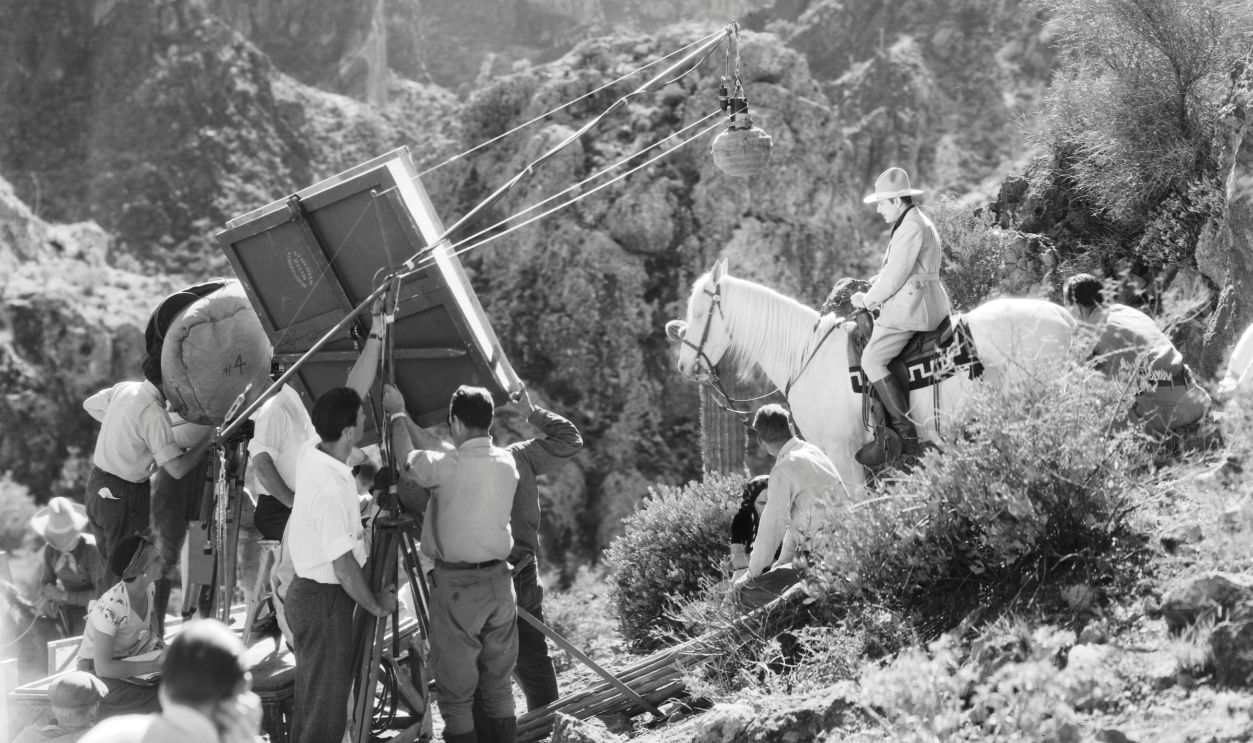 John Kobal Foundation, Getty Images
John Kobal Foundation, Getty Images
Claudia Cardinale And Sergio Leone Collaborating On The Set Of Once Upon A Time In The West (1968)
Italian actress Claudia Cardinale is standing alongside director Sergio Leone during the production of Once Upon a Time in the West—a film that redefined the Western genre with its emotional depth. Cardinale’s poised elegance and Leone’s focused intensity highlight the creative chemistry that shaped the film’s atmospheric storytelling.
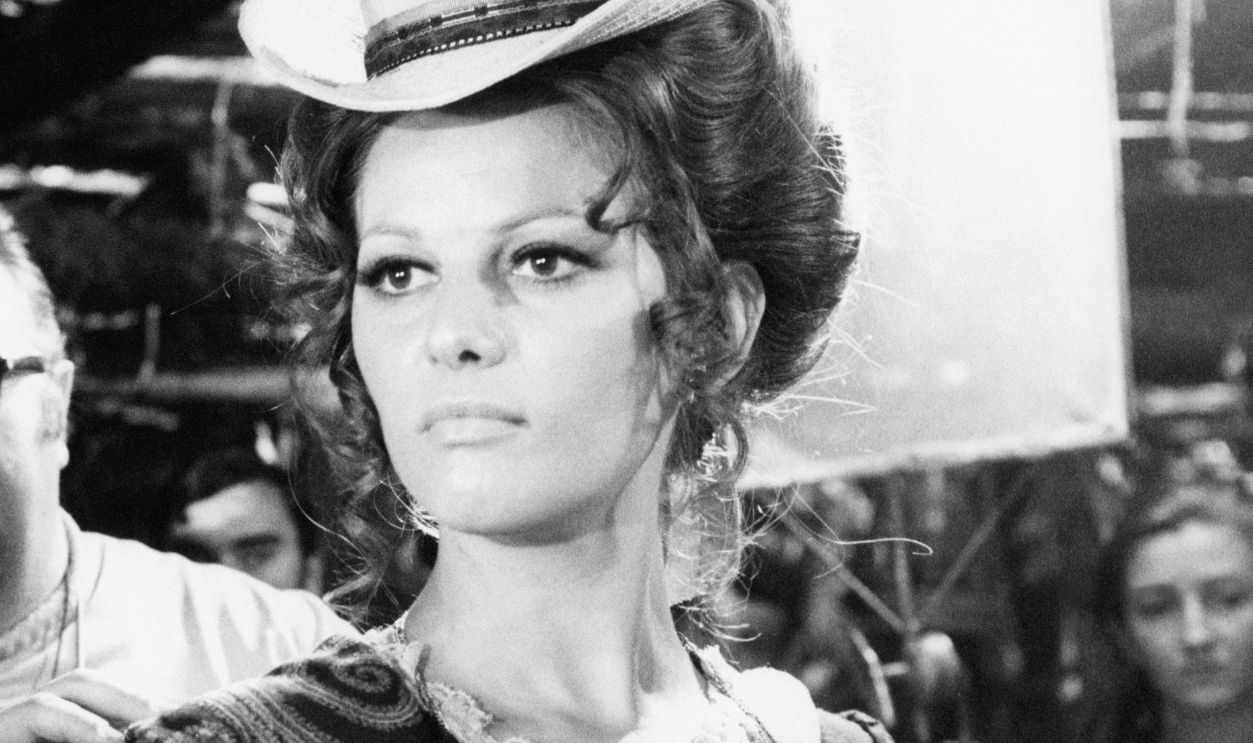 Sunset Boulevard, Getty Images
Sunset Boulevard, Getty Images
Cowboys Coordinate Herds On The Set Of Red River (1948)
This unusual photo from Red River captures the convergence of cowboy tradition and modern filmmaking: a herd wrangler equipped with a walkie-talkie takes instructions from director Howard Hawks. It’s a moment where Hollywood's innovation met the Old West mythos.
Constance Towers, John Wayne, And John Ford Working Together On The Horse Soldiers (1959)
In this behind-the-scenes moment from The Horse Soldiers, director John Ford is joined by stars John Wayne and Constance Towers. He observes as they rehearse their next shot in one of the features that represent the inclusion of strong female characters in Western narratives.
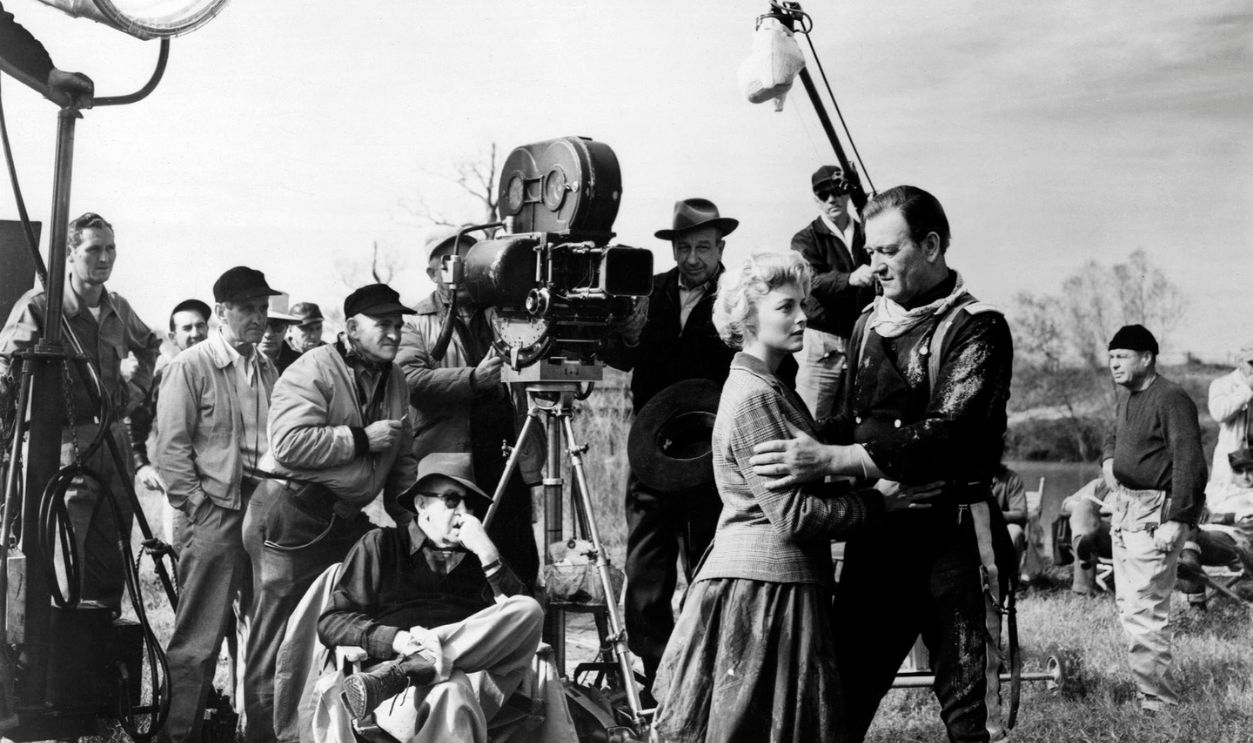 Sunset Boulevard, Getty Images
Sunset Boulevard, Getty Images
John Ford Posing With His Crew On The Set Of The Searchers (1956)
Surrounded by cast and crew, John Ford sits at the heart of The Searchers production, with his quiet command anchoring the frame. John Wayne and Jeffrey Hunter are nearby, and the shot reflects a team bound by creative trust. This image is more than just a group photo; it's a portrait of cinematic legacy in motion.
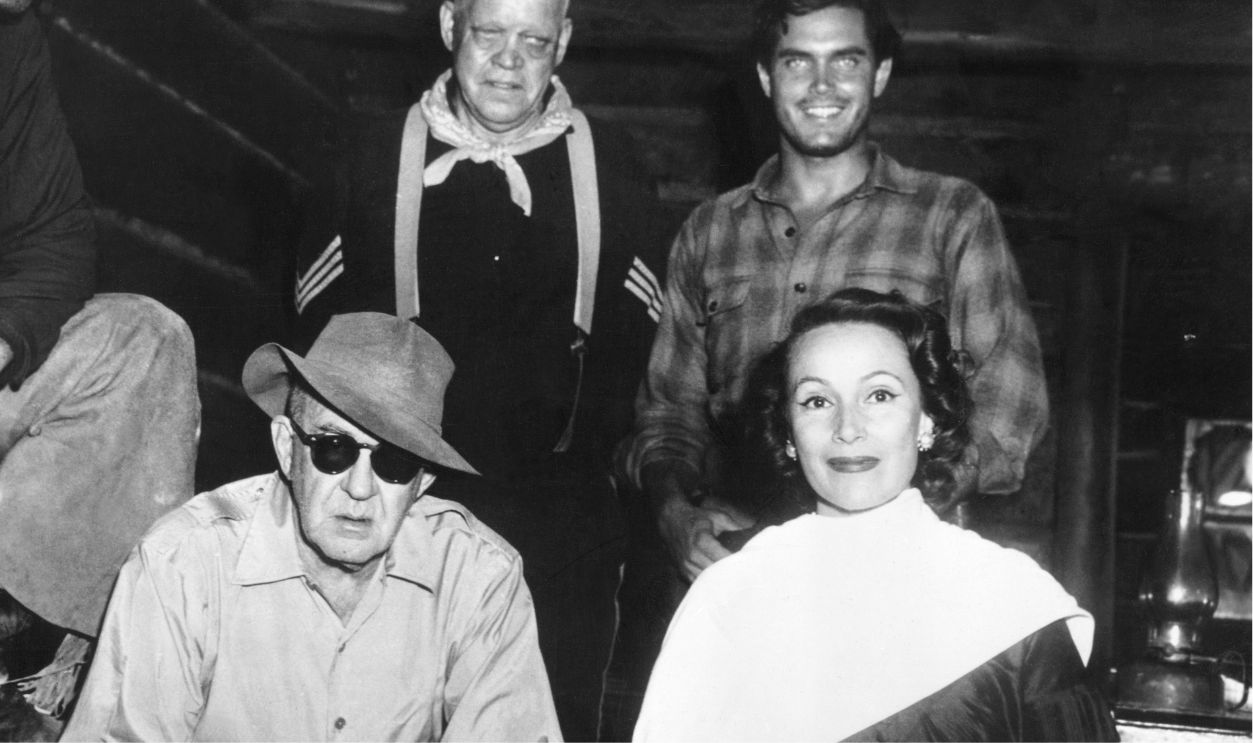 Sunset Boulevard, Getty Images
Sunset Boulevard, Getty Images
Clint Eastwood Lining Up A Shot With Assistant Director Jim Fargo On The Set Of High Plains Drifter (1973)
Featuring a focused behind-the-scenes moment from High Plains Drifter, Clint Eastwood collaborates with assistant director Jim Fargo to frame an important shot. The image captures Eastwood's early evolution from actor to auteur, signaling his growing talent behind the camera. Their quiet precision foreshadows the stark, supernatural tone of the film.
Director George Stevens In The Cutting Room Shaping Shane (1953)
George Stevens, pictured in the editing room holding reels of film, is captured mid-process shaping Shane—a film now considered one of the most poetic and emotionally resonant Westerns of its time. This rare look into post-production emphasizes the care and skills needed behind the scenes.
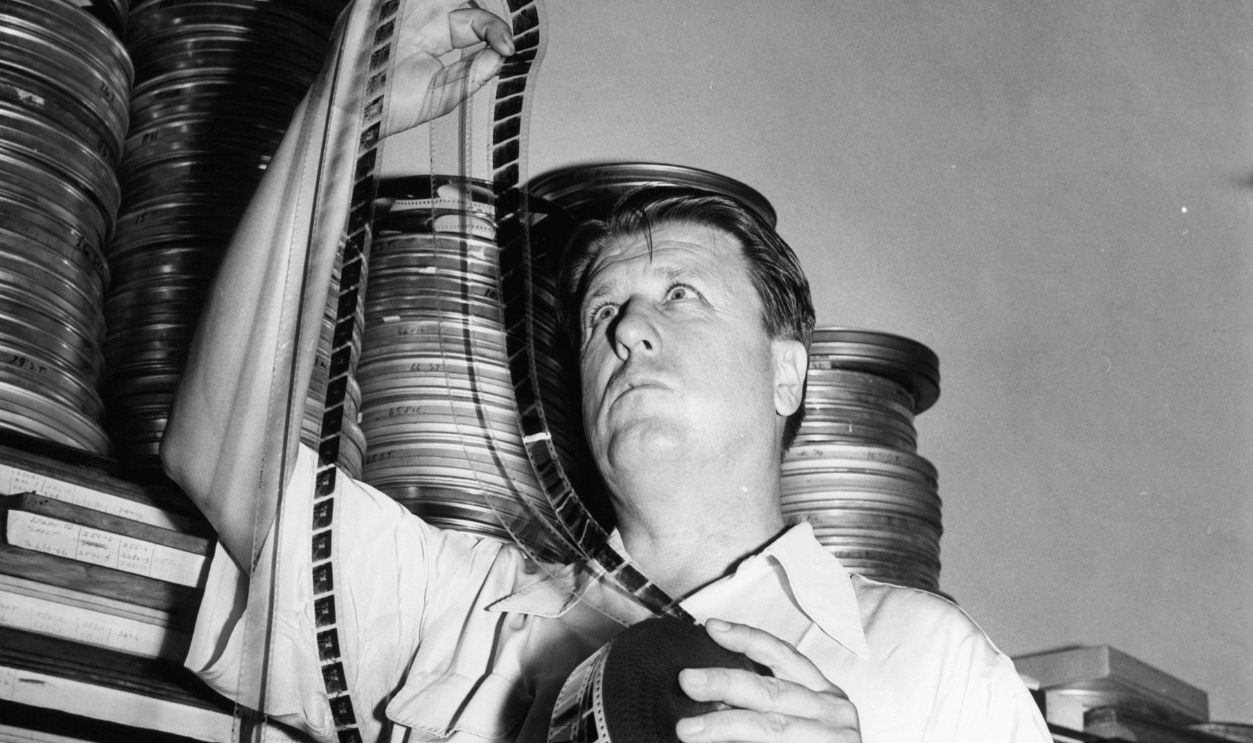 Michael Ochs Archives, Getty Images
Michael Ochs Archives, Getty Images
Mel Brooks And Crew Preparing A Shot On The Set Of Blazing Saddles (1974)
On a windswept desert set, Mel Brooks lines up a shot for Blazing Saddles—a fearless satire that dismantled Western tropes while honoring them. Flanked by producer Michael Hertzberg and cinematographer Joseph Biroc, Brooks merges comedy with classic staging. This behind-the-scenes view captures the creative chaos and precision behind a film that pushed boundaries.
Angie Dickinson And Director Howard Hawks In A Quiet Moment On The Set Of Rio Bravo (1959)
This candid exchange between Angie Dickinson and director Howard Hawks on the set of Rio Bravo reveals a collaborative bond that shaped one of the genre’s most character-driven Westerns. Dickinson’s role brought emotional depth to a film otherwise anchored by rugged male leads, and Hawks’s trust in his cast was pivotal.
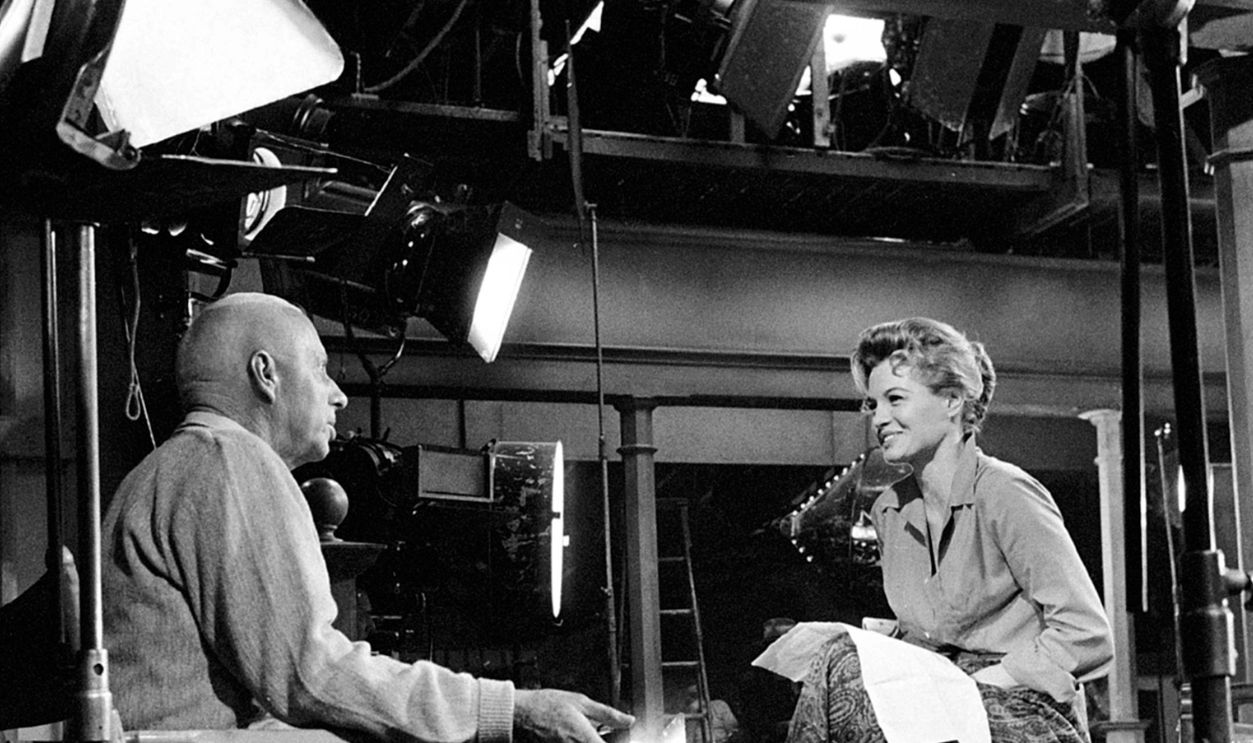 Silver Screen Collection, Getty Images
Silver Screen Collection, Getty Images
Tailor On Set Mending John Wayne’s Shirt During The Filming Of Red River (1948)
On the rugged set of Red River, a wardrobe tailor carefully repairs John Wayne’s shirt. This moment highlights the hidden talents that upheld the visual consistency and realism of classic Westerns. The detail-oriented seamstresses and designers ensured the illusion of the frontier dazzled everyone.
Film Crew Prepares A Stagecoach Scene With Edward Arnold (1930s)
Long before widescreen epics and Technicolor, this 1930s scene shows actor Edward Arnold standing near a stagecoach as the crew prepares to roll. The image shows the grit and ambition of early Western filmmaking—where limited tools and hand-built sets laid the groundwork for a genre that would come to define American cinema.
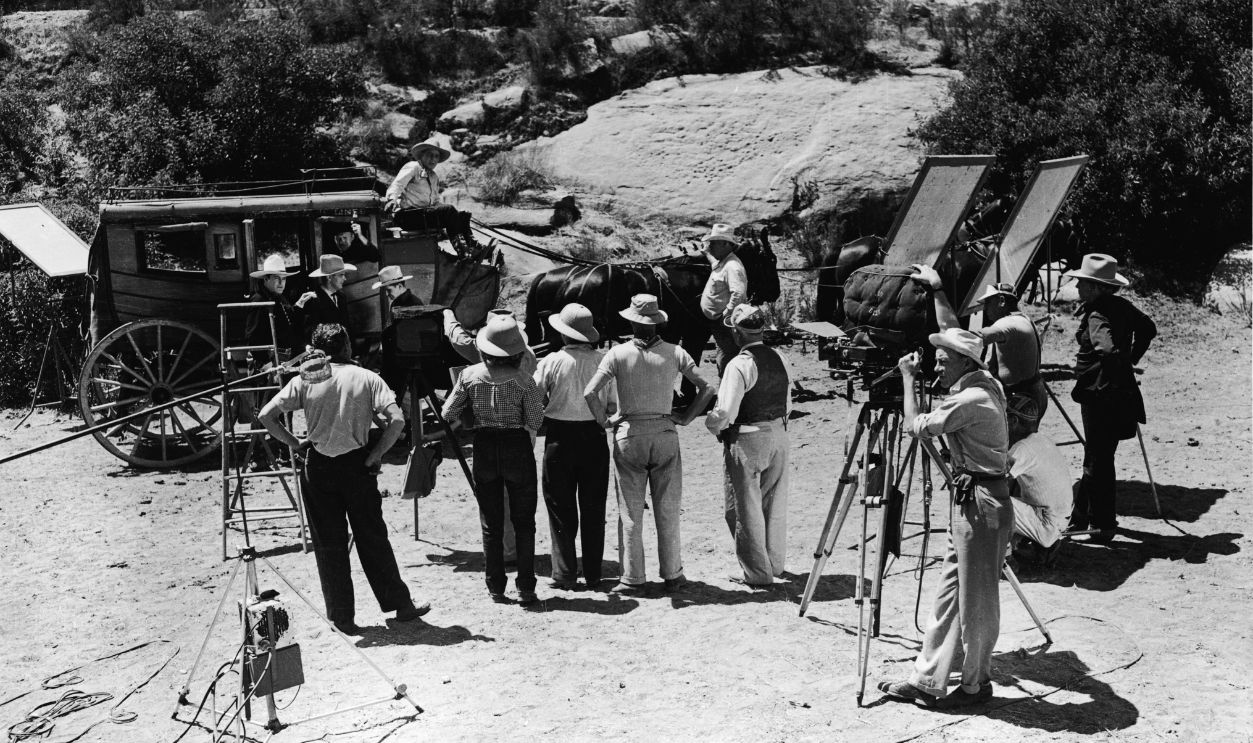 American Stock Archive, Getty Images
American Stock Archive, Getty Images
Filming A Broncho Billy Movie At Essanay Studios In Chicago (1915)
This historic image comes from the filming of a Broncho Billy short at Essanay Studios around 1915. With Gilbert “Broncho Billy” Anderson, the first cowboy star of the silver screen, standing second from left, it’s a rare glimpse into how frontier myths were first brought to life on camera.
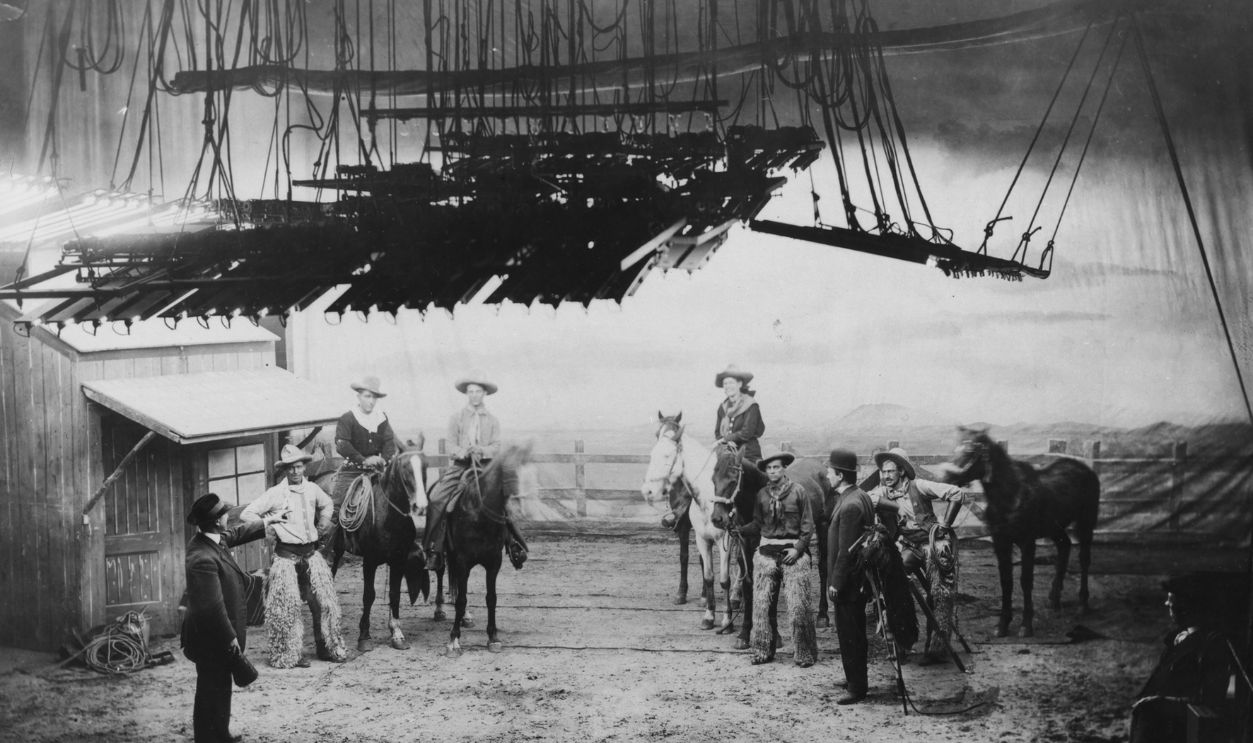 Chicago History Museum, Getty Images
Chicago History Museum, Getty Images
Donna Hall Performing A Roman Stand Stunt On Horseback In Los Angeles (1950s)
Stuntwoman Donna Hall balances with fearless precision in a Roman Stand atop a galloping horse—an act demanding raw athleticism and unshakable nerve. Taken in Los Angeles in the mid-1950s, this image honors the often-overlooked contributions of women in Western stunt work.
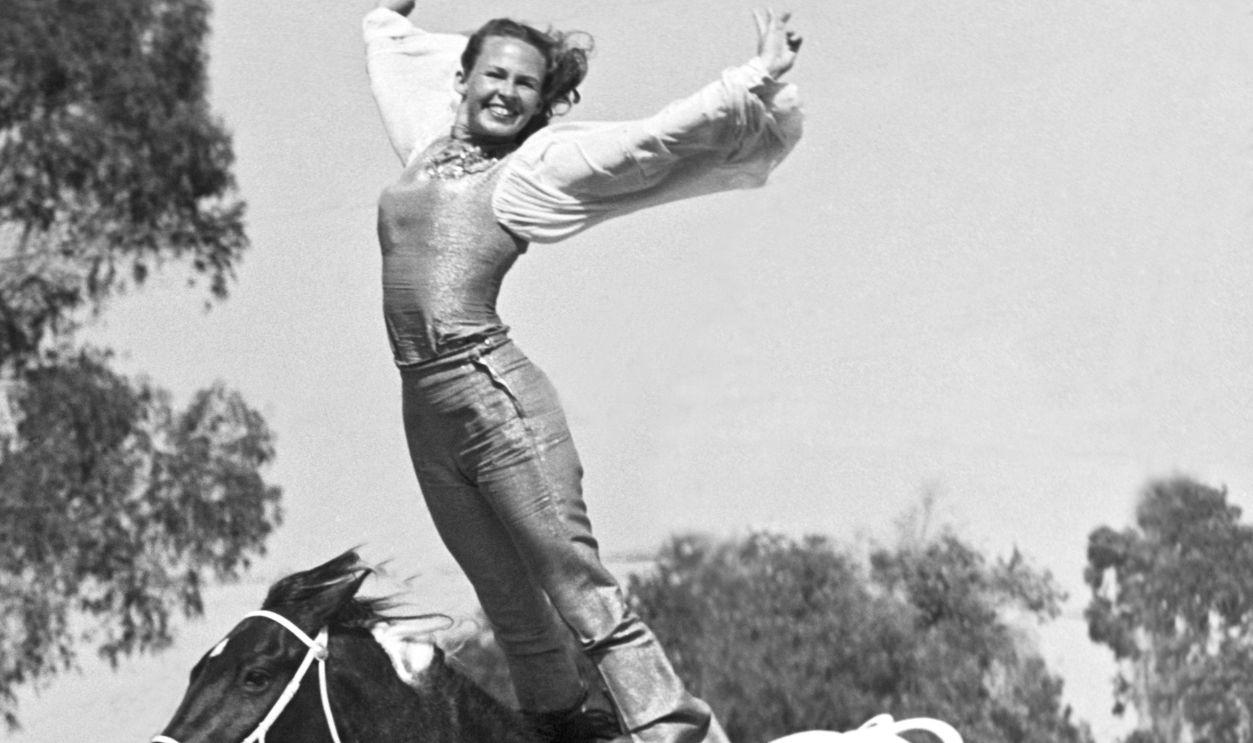 Underwood Archives, Getty Images
Underwood Archives, Getty Images
Rodeo Champion And Actor Betty Miles On Horseback (1933)
Betty Miles—rodeo champion and Western actress—is captured in this striking 1933 portrait commanding a rearing horse with poise and strength. Known for doing her own stunts, Miles brought unmatched authenticity to her roles during the B-movie Western boom. Her competitive skill and screen charisma made her a trailblazer for future generations of female action performers.
Dustin Hoffman With Director Arthur Penn On The Set Of Little Big Man (1970)
On the set of Little Big Man, Dustin Hoffman and director Arthur Penn confer quietly between takes. The 1970 film challenged traditional genre tropes with satire by shifting perspectives and delivering an unflinching critique of American expansionism. This moment reflects the thoughtful collaboration behind a story that dared to reimagine the West.
Wrangling Mustangs On The Set Of The Misfits (1961)
In this still from The Misfits, a group of rugged men wrangle a Mustang on the Nevada plains. The scene reflects the heart of the film’s untamed Western atmosphere. Written by Arthur Miller, The Misfits broke the mold by focusing on fractured masculinity and the dying West.
Satchel Paige Teaching Young Actors On The Set Of The Wonderful Country (1959)
In Durango, Mexico, baseball legend Satchel Paige gives young extras a hands-on pitching lesson while filming. Paige bridges two American icons—sports and the Western frontier. His casting as a Buffalo Soldier marked a significant step toward diversifying Western narratives, offering a rare spotlight to Black historical presence in frontier stories.
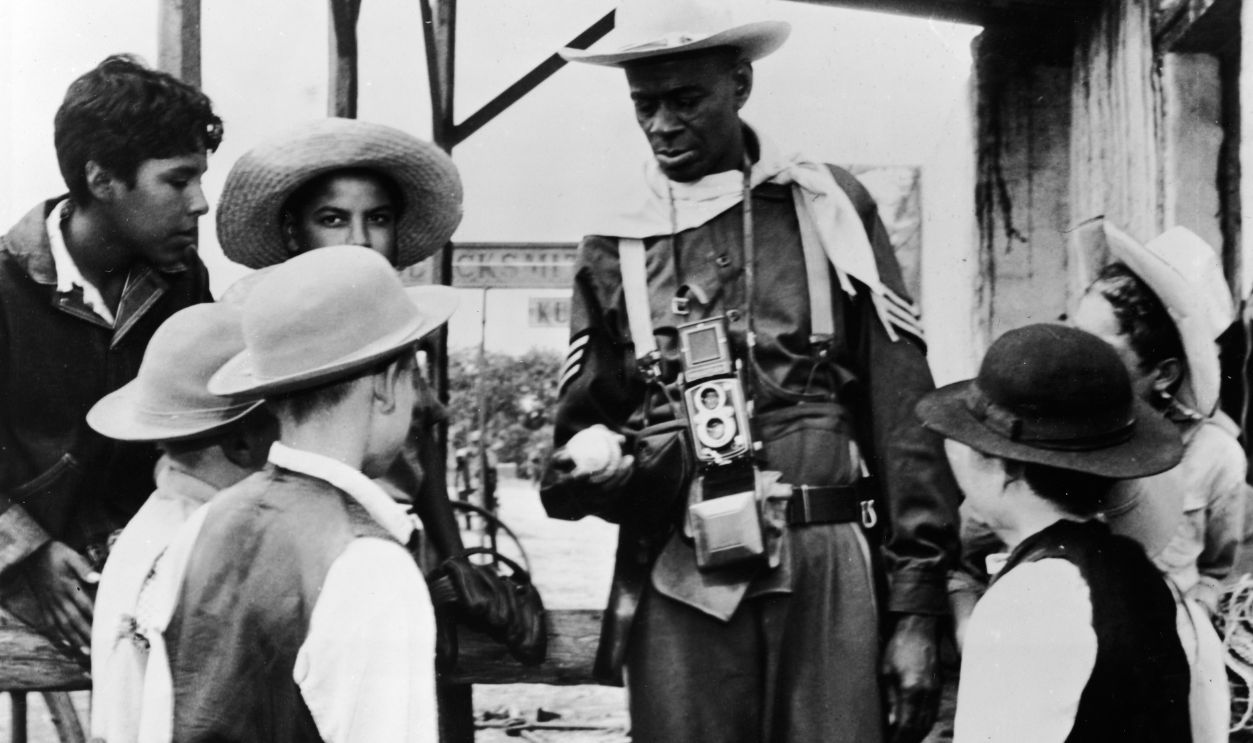 Pictorial Parade, Getty Images
Pictorial Parade, Getty Images
John Ford, John Wayne, And William Holden In Command On The Set Of The Horse Soldiers (1959)
This image shows a powerful trio—director John Ford flanked by stars John Wayne and William Holden—during the filming of The Horse Soldiers. Dressed in full military costume, Wayne and Holden portray the film’s Civil War-era gravitas, while Ford’s firm stance reflects his legendary control on set.
 John Springer Collection, Getty Images
John Springer Collection, Getty Images
Carroll Baker And Richard Widmark With John Ford On The Set Of Cheyenne Autumn (1964)
Director John Ford is pictured here guiding actors Carroll Baker and Richard Widmark during the filming of Cheyenne Autumn, a Western that sought to recenter Indigenous narratives. Though still flawed by modern standards, the film marked Ford’s attempt to revisit history from a more sympathetic lens.
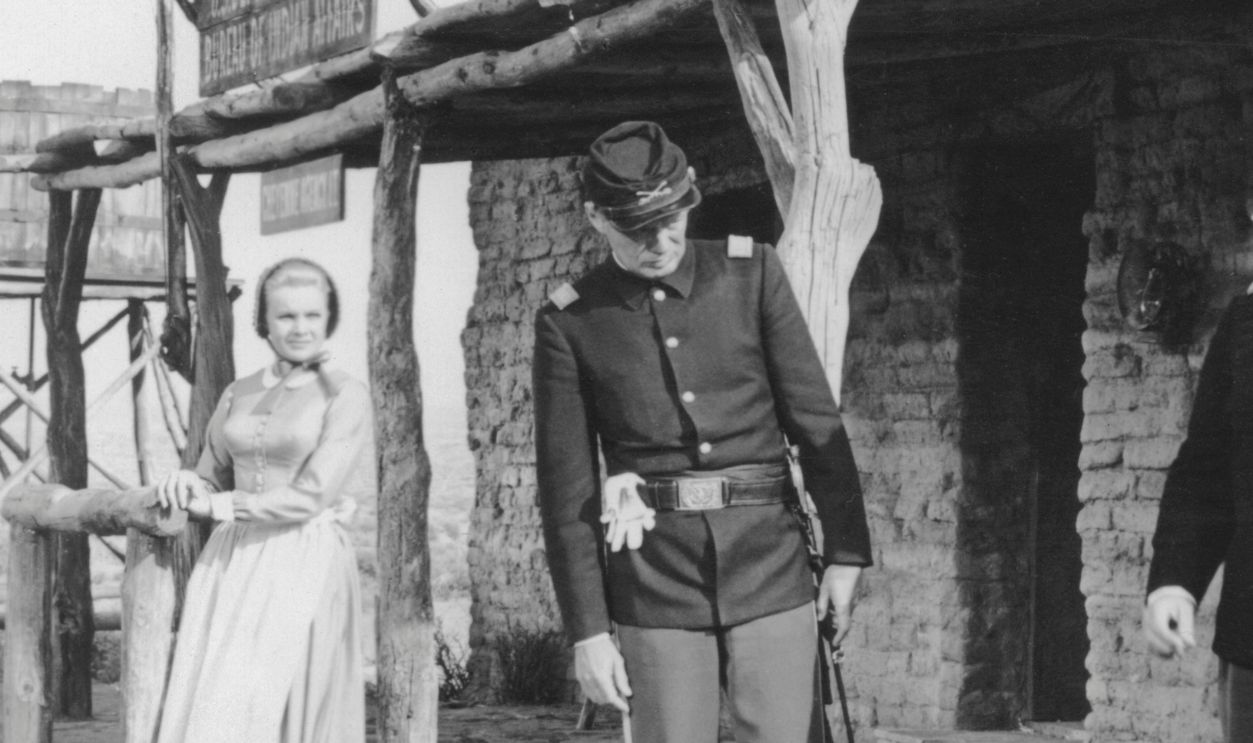 Sunset Boulevard, Getty Images
Sunset Boulevard, Getty Images
Sam Peckinpah Is Commanding The Chaos On The Set Of The Wild Bunch (1969)
Sam Peckinpah stands at the heart of controlled cinematic chaos in this on-set image from The Wild Bunch. His uncompromising vision and bold editing style introduced a raw, almost operatic intensity to frontier storytelling. This quiet moment behind the camera contrasts the brutal, balletic violence his film became famous for.
 Sunset Boulevard, Getty Images
Sunset Boulevard, Getty Images
Van Heflin And Alan Ladd In A Candid Moment On The Set Of Shane (1953)
This low-angle shot of Van Heflin and Alan Ladd is captured mid-conversation during the filming of Shane. It shows a brief yet intimate moment between two of the film’s emotional anchors. Crew members move discreetly in the background in a quiet representation of the collective orchestration behind a cinematic masterpiece.

